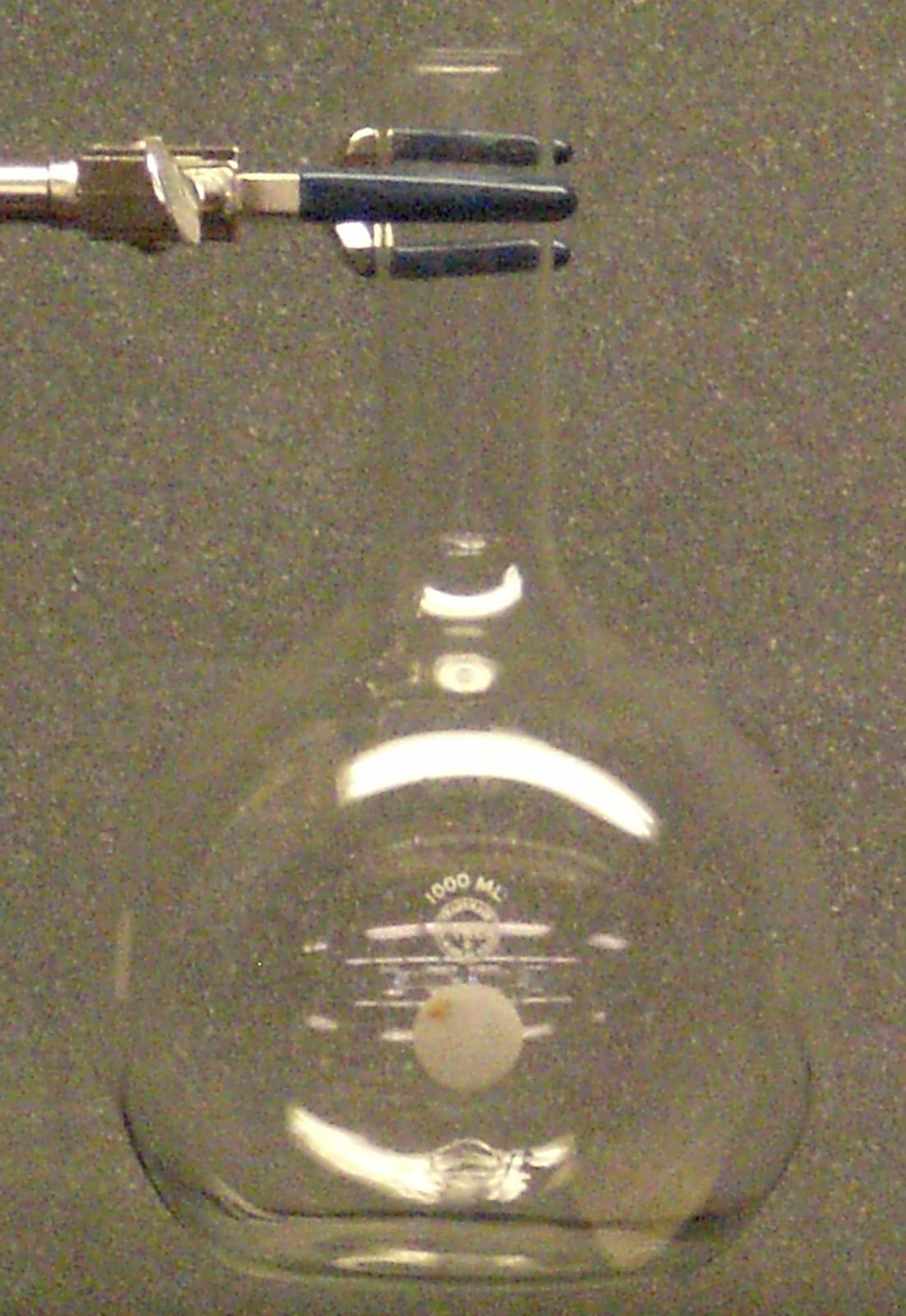Introduction:
In the world of scientific exploration, the Florence Flask stands as an elegant symbol of both form and function. This unassuming piece of laboratory glassware has played a pivotal role in countless experiments, enabling researchers to delve into the mysteries of chemistry with precision and grace. Let us embark on a journey through the annals of scientific history, exploring the significance and contributions of the Florence Flask.
The Birth of Elegance:
The Florence Flask, also known as the boiling flask or round-bottom flask, traces its roots back to the 19th century. Named after the city of Florence in Italy, it was crafted to embody both utility and aesthetics. Its distinctive round-bottom shape and long neck serve multiple purposes, making it a versatile tool for a variety of chemical reactions and distillations.
Form and Function:
One cannot overlook the graceful silhouette of the Flask. The rounded bottom allows for an even distribution of heat during heating, promoting uniform reactions and preventing hot spots. Conversely, the elongated neck facilitates easy attachment to various laboratory apparatus, such as condensers or distillation setups.
Beyond its aesthetic appeal, the Flask plays a critical role in the manipulation of gases and liquids in the laboratory. Its design minimizes the risk of splashing during reactions, ensuring safety for researchers and maintaining the integrity of experiments.
Chemical Choreography of Florence Flask:
The Florence Flask has danced through the ages, partnering with scientists in a myriad of experiments. From distillations and reflux reactions to simple heating and evaporation, this flask has proven its mettle in the laboratory. Its adaptability has made it a staple in organic chemistry, where delicate reactions demand a vessel that can withstand heat and pressure.
The Florence Flask Chronicles:
As we peruse the scientific literature, the Flask reveals itself as a silent protagonist in groundbreaking experiments. Its role in the synthesis of pharmaceuticals, the distillation of essential oils, and the purification of compounds has left an indelible mark on the history of chemistry, in the hands of pioneers like Robert Bunsen and Dmitri Mendeleev, the Florence Flask played a supporting role in the discoveries that shaped modern chemistry.
Modern Evolution of Florence Flask:
While the basic design of the Flask remains unchanged, modern variations and improvements have emerged. Borosilicate glass and other durable materials have enhanced its resilience, allowing for a wider range of applications. Researchers continue to find innovative uses for this timeless vessel, adapting it to the ever-evolving landscape of scientific inquiry.
Conclusion:
The Florence Flask stands as a testament to the marriage of form and function in the realm of scientific exploration. Its graceful design has not only adorned laboratories for centuries. But has also facilitated discoveries that have transformed our understanding of the natural world. As we continue to unravel the secrets of chemistry, the Florence Flask remains an enduring symbol of precision, safety, and the artistry inherent in scientific discovery.


